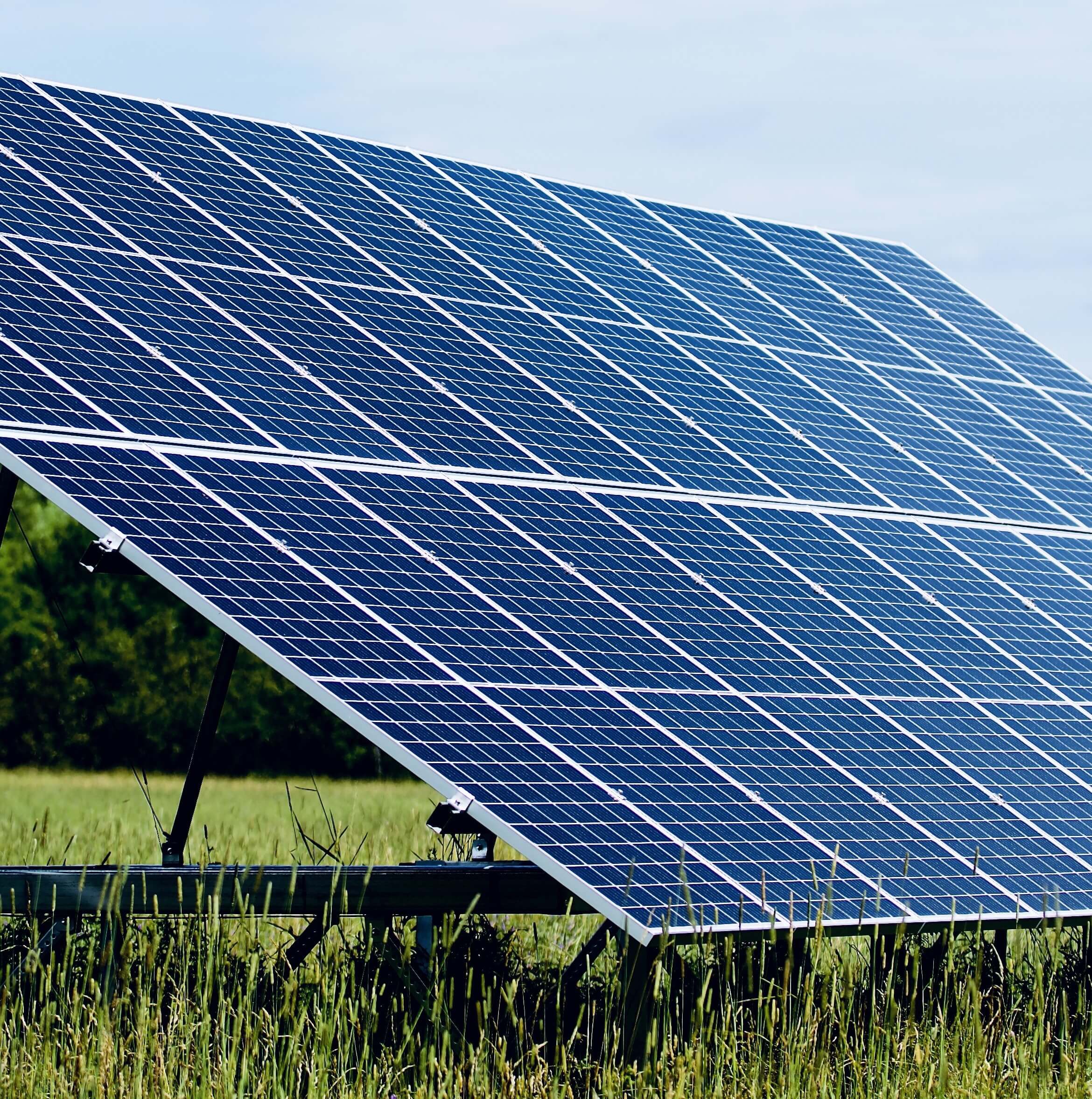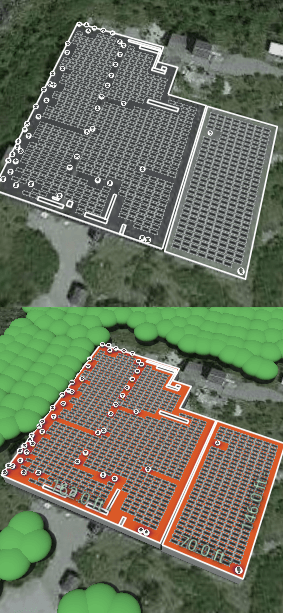- Palom Home
- Power Up
Power Up
Power Up options for your recirculating aquaculture system include the local electrical grid, multi-fuel backup electrical generators, and solar. As we continue with the strategy to start up quickly and remain flexible, you should incorporate flexible power sources with flexible fuel mixes.
Power Up - Local Electricity Grid
Versant is the electricity distributor for the local grid. Users can select any of a half dozen electricity suppliers both in and out of the state of Maine
Primary Power Rate For Large Users At 500kW of Demand
Following is the likely charge if the farm consumes about 100,000 kWh per month with a peak demand of 300kw as of late 2023. The farm operator can negotiate prices as a large user using 3rd party consultants. For smaller mobile devices place your screen in "landscape mode" to easily view the grid.
Description
Sub Total
Extended Total
Monthly Usage (kWh)
100,000
100,000
Monthly Peak Usage (kW)
300
300
Monthly Charge ($)
63.17
63.17
Peak Demand Charge/kW ($)
3.88
3.88 X 300 = 1,164
Non-Coincident Peak Demand Charge/kW ($)
13.97
13.97 X 300 = 4,191
Stranded Peak Cost/kWh ($)
0.0175
0.0175 X 100,000 = 1,750
Conservation Peak Energy Charge (4)
0.0031
0.0031 X 100,000 = 310.00
Supply Charge From 3rd Party
0.14
0.10 X 100,000 = 14,000.00
Monthly Total ($)
21,482
Yearly Total ($)
258,000
Average Cost Per kWh ($)
0.31
Power Up - Solar
Depending upon the farms power usage, amounts and times of day,
return of solar investment dollars can be as early as Five Years.
We recommend the use of solar arrays to power your farm. Maintaining robust fish and plant health requires ample pumping, filtering, chilling, and heating power. Using just the grid, a farmer tends to reduce power when needed most during the day, especially with high demand rates. Solar power allows you, the farmer, to focus on fish health and use power as needed to maintain optimum fish health.
As a boutique farm selling a natural, minimally processed product, your market should be the increasingly eco-conscious shopper who has pressured businesses to choose cleaner, greener energy sources. We understand the conflict of beliefs as the manufacture of panels uses energy typically derived from oil sources. However, customers still consider solar power better for all and prefer companies using solar.
Modularity and low maintenance are inherent in commercial solar power installations. You can adapt and quickly scale according to your needs and growth trajectory. The easy maintenance of solar facilities, which typically includes just annual cleaning and occasional inspections, is coupled with an extended panel lifespan, yielding substantial economic and time savings.
Below is the recommended array of ZNShine ZXM7-SH144, 550W panels. Each panel is approximately 4' by 8'. We would need about 30,000 sq. Ft of flat roof or land for a 1/2 megawatt system. The second picture shows the array layout on the proposed office and R&D building Palom's aquaculture park. The panels add roughly 3.00 lbs/sq. ft to the roof load.


Investing in solar power can liberate you from traditional energy market volatility and counter anticipated oil price hikes associated with the Verdant commercial grid power. Contrarily, a financial barrier to adopting solar power can be the initial capital cost for installation. However, the ROI is often less than ten years. This facet, combined with government incentives and utility power credits, can make the switch worthwhile with ROI's around five yeas.
Your excess power is credited from the grid. Net metering in Maine allows businesses that generate surplus solar energy to receive credit for future use, mainly when their solar installation doesn't generate as much power. Think of the grid as a battery.
Solar power depends on sunlight, limiting power generation to daylight hours. Our proposal uses a 50% efficiency usage factor in Maine.
Another concern related to solar power involves some instability tied to government solar incentives, which significantly offset installation costs. Reforms or potential discontinuation of these incentives could impact the financial feasibility, payback period, and overall return on investment. We show you ROI calculations without incentives.
Although commercial grid power doesn't directly incur maintenance by businesses, the costs associated with upkeep and upgrades to the power grid typically find their way into commercial grid power pricing. This factor can gradually lead to increased energy costs for businesses. Maintenance catch up and storm hardening have caused about a 30 to 40 increase in electricity in Maine over the last three years.
Federal Solar Tax Credits For Business - Summary from USA Department of Energy
Selling Tax Credits Into the Market - With no income during the construction phase it may make sense to sell the credit for cash into the open market. There are no commodity prices at this point so transactions are specific between parties.

Proposed Solar Systems - Roof or Ground Based
Assumptions
Utility Company - Versant
Current Rate With Demand Charge - $0.31 per kWh
Estimated Yearly Usage - 1,200,000 kWh
Estimated Yearly Cost From Grid - $310,000
Annual Utility Price Increase Rate - 2.50%
System Size - 460 kW
Annual System Degradation - 0.5%
Full Payment - 1,900,000
Federal Tax Credit off Taxes - $570,000
Federal Tax Credit Sold Into Market For Cash @ 90% - $513,000
Solar Generation Usage for Model - 50.00%
Estimated Range for Return on Investment - 4.5 to 7.2 years